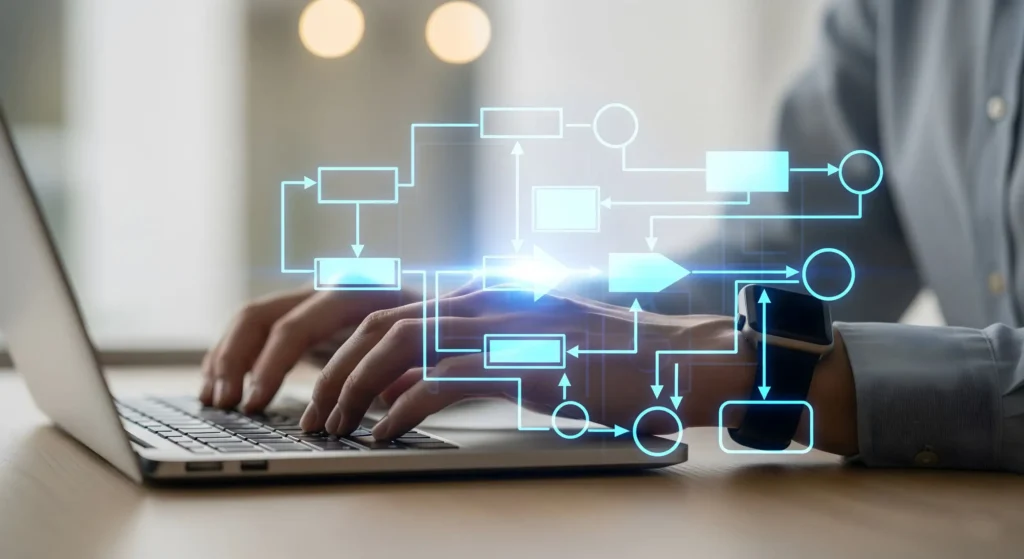
Bio Break: Addressing Shear in Drug Delivery Device Design
In this episode of Bio Break, Joris van der Heijden and Nick Allan explore one of the most critical challenges in drug delivery device design: shear stress. When designing systems for biologics and gene therapies, avoiding shear stress is essential to ensure the viability and activity of biomolecules like proteins, antibodies, and viruses.
Joris provides a comprehensive explanation of shear, defining it as the pressure and force that can disrupt or inactivate sensitive biomolecules during fluid transport. Whether caused by abrupt fluid path changes, bubbles, or high-friction pumps, shear poses a significant risk to the efficacy of advanced therapies.
Key Takeaways from the Episode
- Understanding Shear Stress: Shear occurs when fluid is forced through abrupt changes in its path or exposed to uncontrolled movement. For biologics, shear can lead to molecule clustering or inactivation, rendering treatments ineffective.
- Design Solutions to Reduce Shear:
- Optimize Fluid Pathways: Use simulation tools like computational fluid dynamics (CFD) to identify and eliminate areas with abrupt fluid movement. Rounded pathways and smoother transitions help minimize turbulence and pressure.
- Low-Shear Pumps: Select pumps specifically designed to handle biomolecules gently, preserving their activity and integrity.
- Testing for Success: After designing a low-shear system, functional testing is critical. For example:
- Measure the viability of cells after passing through the device.
- Verify that antibodies, viruses, or other biomolecules remain active and effective post-delivery.
By addressing shear stress during the design phase, drug delivery devices can ensure biologics reach their target intact and active, maximizing therapeutic impact. For developers working with advanced therapies like gene therapy products, these design principles are essential to delivering cutting-edge care to patients.
This episode is a must-watch for engineers, product designers, and healthcare innovators seeking to tackle the complexities of drug delivery systems. Learn actionable strategies to refine your designs and improve the outcomes of sensitive therapeutics.
Addressing Shear in Drug Delivery Device Design
Related Resources

In MedTech, success rarely comes from invention alone. Plenty of promising technologies make it through verification and early clinical work, only to stall when the team tries to turn them into something buildable.

From how much of your body is actually bacterial to how fast microbes can multiply, these facts are designed to stick with you long after the party ends.

In medical device development, verification is both a safeguard and a stress test, not just for the product, but for the process.

In the world of medical device development, requirements are often treated as a regulatory tax, essentially documentation created solely to satisfy a compliance need.
